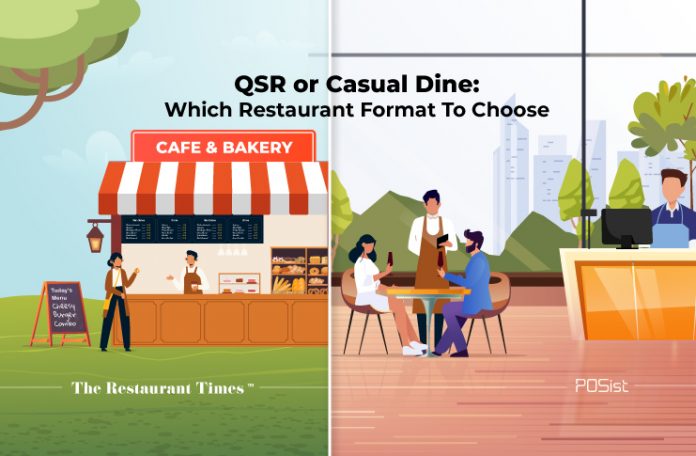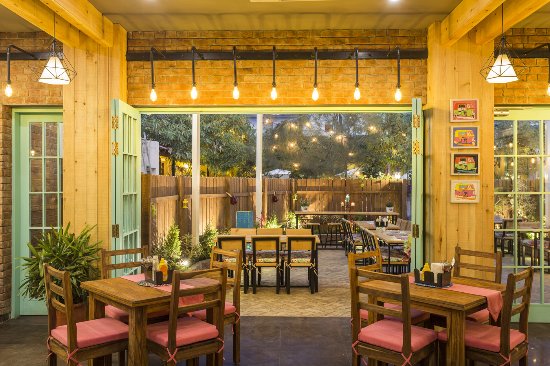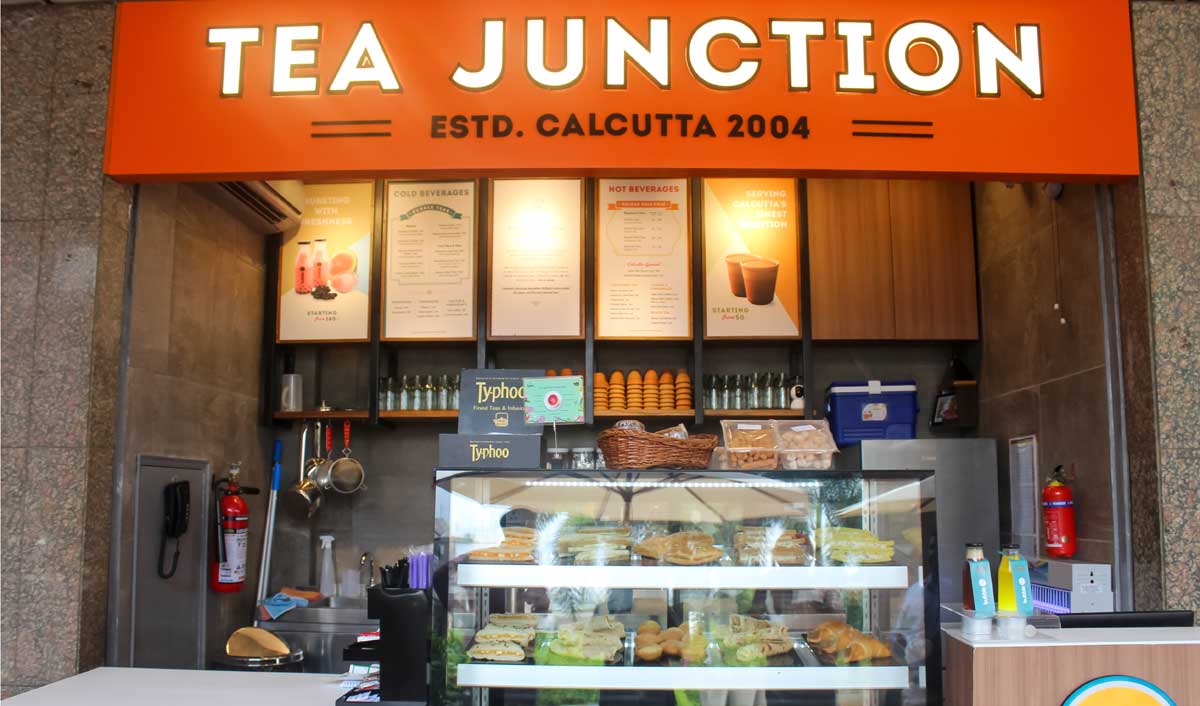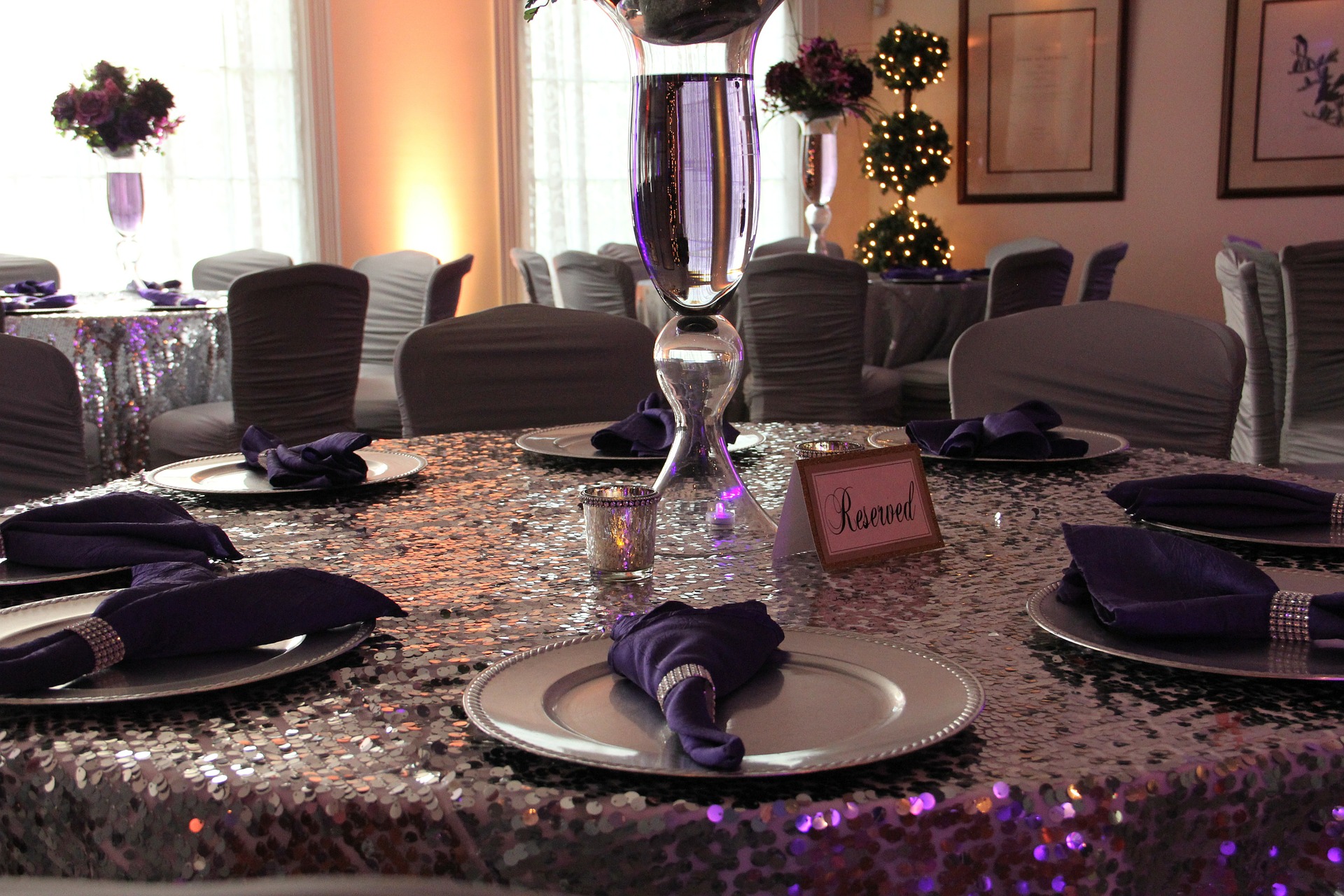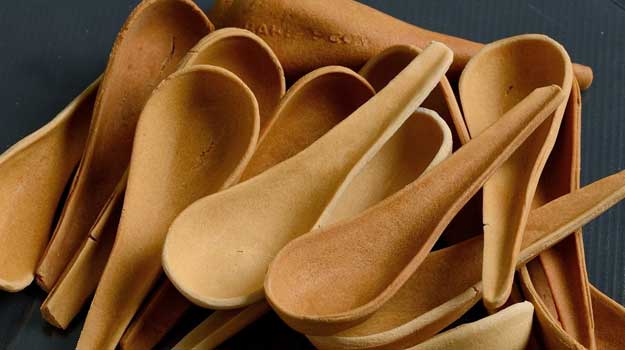Based on the kind of food they serve, the seating arrangement and so on, restaurants can have multiple formats. According to NRAI foodservice report 2019, Quick Service Restaurants are the most preferred format of consumers in India, followed by casual dining. The major reason behind the inclination towards quick-service restaurants is the changing lifestyle of Indian consumers. Especially the millennials who never have enough time to sit down at a restaurant and eat a proper meal. On the other hand, most people who are out to celebrate with friends and family prefer casual dinings or fine dinings. Let’s dig in deeper to choose a better model between the two restaurant formats in India!
Detailed Comparison Of The Two Restaurant Formats: QSR and Casual Dining Restaurants
Let’s take both the restaurant formats one by one. Here we have mentioned the key features of the two models and then compared it based on several measures.
Casual Dining Restaurant
Affordable Casual dining restaurants make for the highest market share, which is about 47%.
Let’s dig in to understand the characteristics of a casual dining restaurant.
- A casual diner serves moderately priced food, which also means that the ticket size might be equal to or more than a typical QSR.
- Another key feature of a casual dining model is that it typically has seating arrangements for customers.
- The casual dining, business model, requires more complex staff management, a larger inventory to be managed and higher labor scheduling tasks. This is because the number of people you need to run casual dining is way more than you need in a casual diner.
- The higher number of staff leads to more job options and opportunities.
Quick Service Restaurant
QSR’s make up for about 60% of the total organized market. They are likely to grow three-fold to about INR 25,000 crores within 5 years. Looking at the potential of the restaurant model, it’s safe to say that the QSR’s are here to stay.
Here are some characteristics of a QSR:
- The two key features that differentiate QSR’s from the rest of the restaurant models is the service time and is a low-cost investment.
- You save up on your cutlery budget since the customers are served with disposable plates and boxes.
- The operations in a QSR are more standardized and less dependent on manual labor.
- Serving time is more important in a QSR since you can’t afford to have slow service and long queues.
Based on Complexity Of Operations:
The working of a QSR is different than that of a casual dining restaurant. This is to say that the operations at a QSR are more standardized. A restaurant POS makes it easier to put in place a standard procedure for everything. For instance, order taking, billing, processing, handing it over to the courier guy, and then finally setting the bill.
One thing you should note here is that the complexities of the two restaurant formats are very different. Let’s understand each segment individually.
- Inventory Management: Since casual dining restaurants typically have more variety in their menu, the raw materials required not just differ in their diversity, but also in their quantity. However, there can be cases where a large QSR chain orders more stock than a casual dining restaurant. So the complexity of managing inventory is much more in a casual dining restaurant when compared to a QSR.
- Staff Hiring And Scheduling: The next important operation is your staff management. Now, since a casual dining restaurant has number of employees, and more job variants, handling and scheduling them is more complex than doing the same at a QSR.
Based On Consumer Behavior
According to NRAI foodservices report 2019, QSRs are among the most popular formats in India. People visit QSRs heavily on Wednesdays and Sundays. On average, a consumer frequents QSRs 4.8 times in a month.
When you compare that with casual dining restaurants, the average spend is higher, however, the frequency of visits is much less. For a casual dining restaurant, the frequency of customer visits is around 3.4 times in a month.
Based On The Market Potential
According to NRAI foodservices report 2019, the market size of QSRs is INR 14,775 crores, and it’s growing at an annual rate of 17%. On the other hand, casual dining restaurants have a market size of INR 51,855 crores and is growing at a rate of 12%.
Another segment of casual dining restaurants is premium casual dining restaurants. The ticket size is a premium casual dining restaurant that is higher than typical casual dining. It has a market size of INR 16,454 crores, with a growth rate of 34% (way more than QSRs or a typical casual dining restaurant).
Based On Investment
A QSR is undoubtedly a low budget restaurant model, as compared to casual dining. However, you can also expect higher returns in a casual dining restaurant, if you have enough loyal customers. Let’s compare the two models on the following bases:
- Space: A casual dining restaurant typically occupies more than 2,000 sq.ft, whereas a QSR would require somewhere around 400-500 sq.ft since there is no seating arrangement required.
- Ambiance: As a QSR owner, you don’t need to worry about the ambiance of your restaurant. So, not much is spent on building the outlet and maintaining it. Whereas, a casual dining restaurant needs to have the right kind of ambiance to attract its customers.
- Cutlery: A casual dining restaurant needs cutlery as a basic requirement, whereas a QSR would save money by using disposable plates and boxes.
- Staff Members: You can start your QSR with a minimum of 7 members, whereas you’d need at least 15 members for your casual dining restaurant. The wages of different staff members vary according to the complexity of operations at the restaurant.
- Food and Raw Materials: The food that the QSR kitchen receives is mostly packaged or half-cooked. You can easily cook it in a few minutes and serve it to the customers. On the contrary, the food preparation time is much higher in a casual diner. Even the raw materials and order delivery time varies in the two formats.
All in all, when we talk about choosing between the two restaurant formats, it can never be conclusively said that one format is better than the other. However, when you analyze based on several factors like an investment, consumer behavior, market potential, and growth, you’d have your answers.


